


Metribuzin is a selective, systemic herbicide primarily used to control a wide range of weeds in various crops such as soybeans, potatoes, tomatoes, and cereals. It inhibits photosynthesis in susceptible plants, leading to their death. Metribuzin is available as a wettable powder (WP) or granules, and its selective nature makes it ideal for use in crops that are sensitive to herbicides.


Metribuzin is a selective, systemic herbicide primarily used to control a wide range of weeds in various crops such as soybeans, potatoes, tomatoes, and cereals. It inhibits photosynthesis in susceptible plants, leading to their death. Metribuzin is available as a wettable powder (WP) or granules, and its selective nature makes it ideal for use in crops that are sensitive to herbicides.

.3d8f8f41.svg)
Agrochemicals
.3556d45a.svg)

Crop Protection & Pest Control


Herbicides
Included in Quote
Included in Quote
Included in Quote
Included in Quote
.7767eb0f.png)

Chemical Properties & Specifications
Metribuzin is widely applied in the control of broadleaf weeds and certain grass species in crops like soybeans, potatoes, tomatoes, barley, and wheat. It is applied as a pre-emergence or post-emergence treatment depending on the crop.
It can also be used in sugarcane, asparagus, and peas to manage weed infestations.
Used in certain turf management applications for controlling weeds in lawns and sports fields.
Metribuzin is a selective herbicide primarily used to control broadleaf weeds and certain grass species in agricultural crops such as soybeans, potatoes, tomatoes, and cereals. It is applied both pre-emergence and post-emergence.
Metribuzin inhibits the photosynthesis process in susceptible weeds, leading to their death. It is absorbed by the plant through roots and foliage, providing systemic control of weed populations.
Metribuzin is considered low in toxicity to humans when handled according to safety guidelines. However, it may cause eye irritation and respiratory issues if not used with the proper personal protective equipment (PPE).
Metribuzin provides long-lasting control, typically effective for several weeks to a few months, depending on the application method, crop type, and weather conditions.
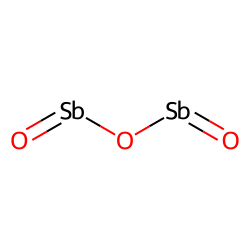
CAS No. : 1309-64-4
Category : Inorganic compound
Sub-Category : Flame retardants
Description: Antimony trioxide (Sb2O3) is an inorganic compound commonly used as a flame retardant and as a catal...
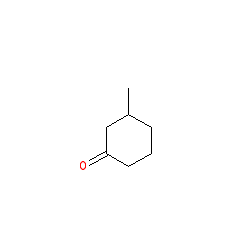
CAS No. : 36306-87-3
Category : Fragrance Ingredients
Sub-Category : Aroma Chemicals
Description: Kephalis is widley used in many industries. It plays a key role in the production of resins, coating...
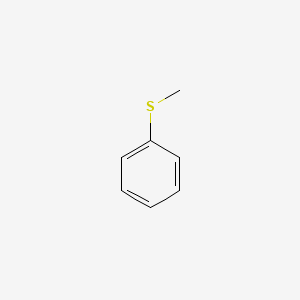
CAS No. : 100-68-5
Category : Pharmaceutical Actives & Precursors
Sub-Category : Intermediates & Precursors
Description: Thioanisole is a colorless to light yellow liquid with an aromatic odor. It serves as a valuable int...
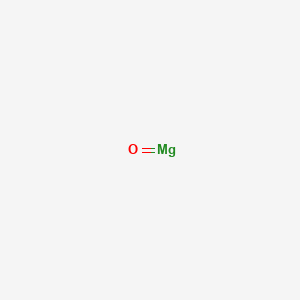
CAS No. : 1309-48-4
Category : Inorganic compound
Sub-Category : Magnesium compounds
Description: Magnesium oxide, commonly known as magnesia, is a white hygroscopic solid mineral that occurs natura...
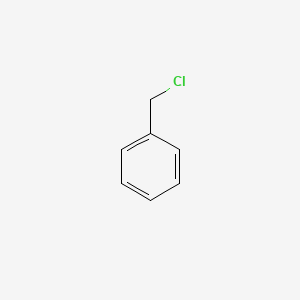
CAS No. : 100-44-7
Category : Organic Intermediate
Sub-Category : Reagents
Description: Benzyl Chloride is a colorless to pale yellow liquid with a pungent odor. It is primarily used as an...